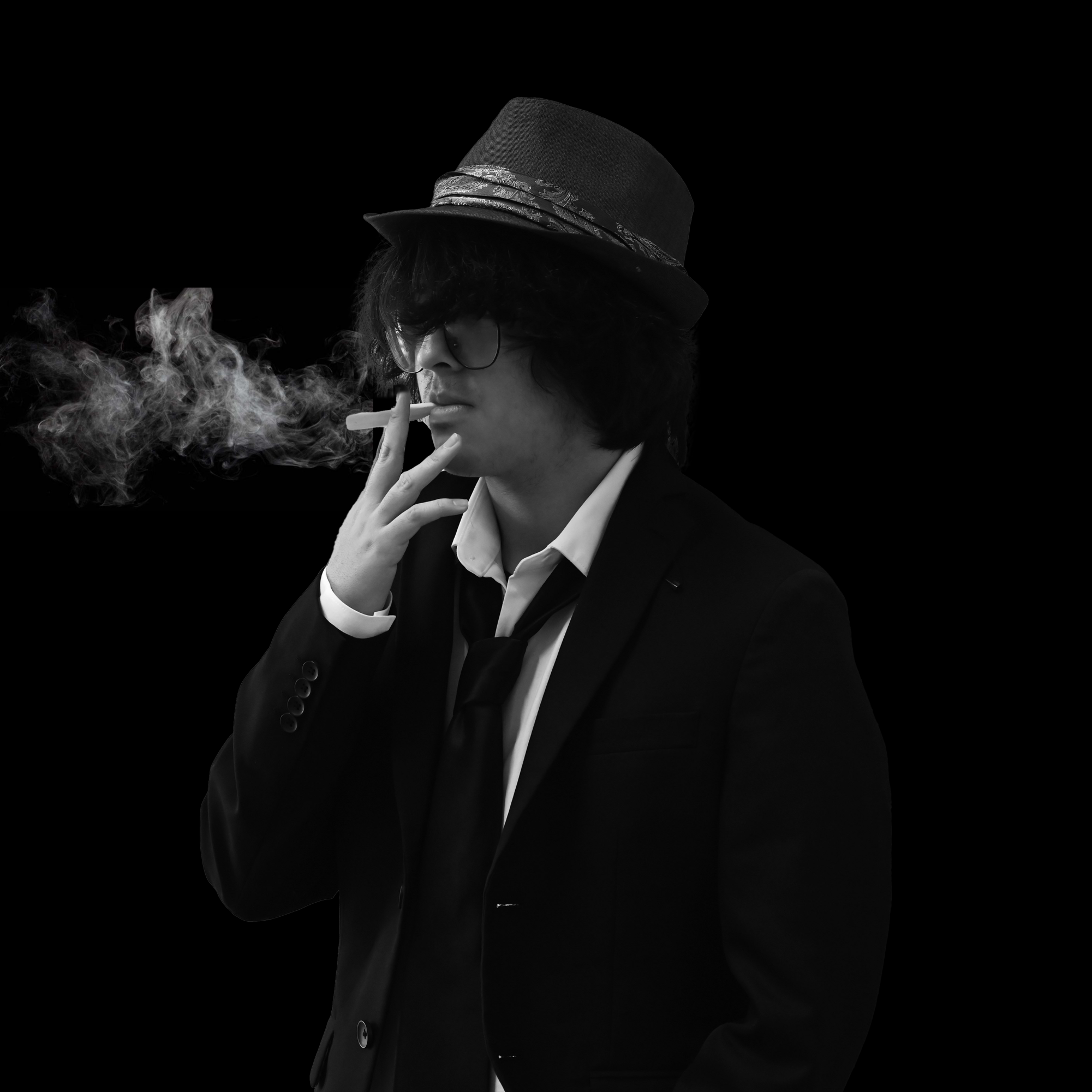I guess it’s best to start at the beginning.
I’ve been wanting to fully introduce myself to the crime genre for the past year or so. I’ve had hints of it in the past, such as when I read “The Maltese Falcon” by Dashiell Hammett or watched its movie adaptation starring Humphrey Bogart.
I decided to break into it by reading another acclaimed noir novel, “The Big Sleep” by Raymond Chandler.
I don’t think I could have made a better choice. From the minute I cracked open the cover I knew how this novel was going to read. Detective Philip Marlowe – hardboiled, stonefaced and sassier than Wendy’s X account – saunters into an old Los Angeles mansion, where his newest client awaits. After running into the cynical butler he’s greeted by his client’s daughter, Carmen, who comes off as an irritating and occasionally creepy female antagonist. To prove this point she trust falls onto Marlowe and sweet-talks him, all in an attempt to seduce the detective.
And so the novel starts. Slow, but measured, clearly calculated at every step by Chandler. Every new piece of evidence revealed broadens the book’s horizons and raises the stakes. Thought it would be a simple matter of extortion, an open-and-shut case? Hell no! Soon you’re confronted with a missing person manhunt, pornography, fistfights, murders – lots of ‘em – and seduction.
Granted, it’s challenging to keep up at times. The novel is so casually action-packed that it’s easy to forget that the entire story takes place over just a few days. Still, Chandler somewhat addresses this, adding in timely updates that allow readers to catch their breath and remind themselves of just how deep Marlowe is into the case.
Speaking of Marlowe, the entire novel is told from his point of view. His first-person narration adds an extra layer of reality to the brutality of the story. His wisecracking remarks, already obviously present in his dialogue, becomes ever more vivid in his private thoughts. Interestingly enough, this choice also amplifies the mystery of the novel, as Chandler uses Marlowe to withhold some information from us and let us discover the details of the case through inference and surprise.
The rest of the characters are just as vivid, although not necessarily as complex. The characters are very easy to recognize and understand. Carmen becomes the insane troublemaker, while her sister Vivian is a femme fatale of sorts. There’s a tough racketeer out for revenge, a police chief who doesn’t give a damn because his department doesn’t have the funds to chase the case, the lying and scheming press and, of course, the main criminals out to make sure that they get the job done.
Point is, though, that even if you’re only slightly familiar with detective fiction you’re bound to recognize these tropes. That doesn’t mean the novel is boring, however. Rather, it’s oddly refreshing to go back to one of the original pieces of source material. Given how far the crime genre has grown in scope, scale and popularity over the last century, it’s nice to see a calm, badass detective like Marlowe show off his sleuthing skills to amateurs.
Perhaps this novel’s strongest point, however, is the mood it creates for its setting. Marlowe operates entirely within LA County, with locales such as West Hollywood, Laurel Canyon and Beverly Hills playing prominent roles in the plot.
Yet, these are not the cities we modern-day Angelenos are intimately familiar with. This is the grungy, shifty, seedy 1930s LA that Chandler and his contemporaries lived in. Even with the occasional victory achieved by Marlowe and the other protagonists, there exists a low-lying fog of cynicism and despair throughout the novel that never quite leaves no matter how hard you try to shake it off. It’s at odds with the LA that’s often portrayed: filled with celebrities and dreams of making it big. It’s mysterious and depressing, and it draws us farther and farther into a Los Angeles that few really know.




